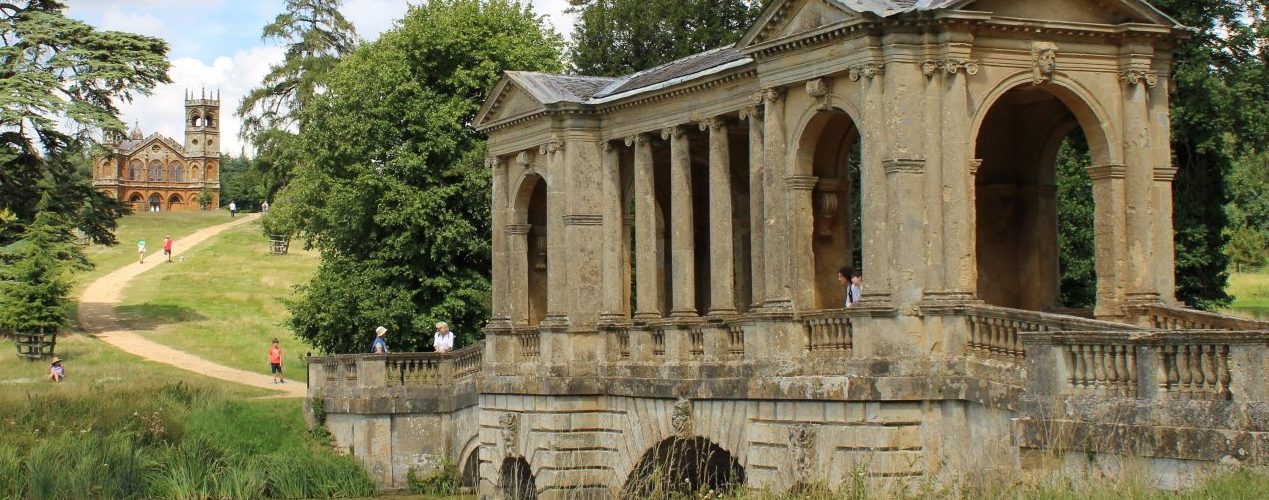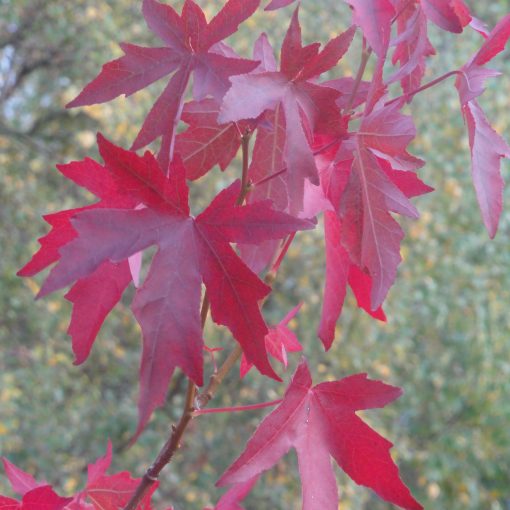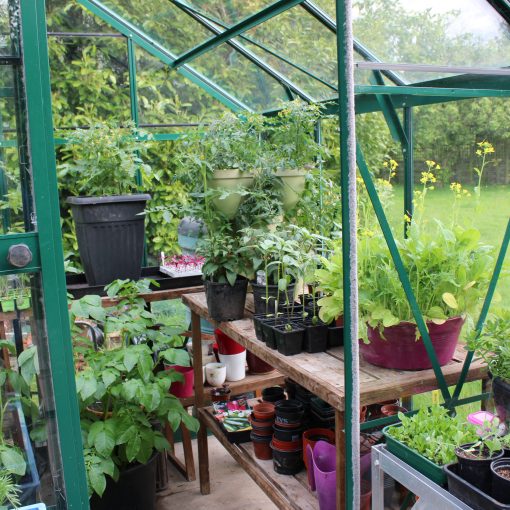R2111 (old syllabus)
Unit 2 Topic 2 Element 1 (new syllabus)
Introduction The English Landscape Garden
Prior to the English Landscape Garden style of design, gardens were laid out in symmetrical geometric patterns with topiary and formal avenues inspired by the King of France who created his garden at Versailles. British Royalty and landowners copied this style until everything French fell out of favour.
The English Landscape era was a dramatic change from formality to informality and spanned over a hundred years from 1730-1830. Various designers influenced this style during this time so few gardens belong to just one phase of the design change, or are purely the work of just one designer. Designers included:
- Charles Bridgeman (1690-1738)
- William Kent (1685-1748)
- Lancelot ‘Capability’ Brown (1716-1783)
- Humphrey Repton (1752 – 1818).
Capability Brown is the most notorious designer who designed around 250 gardens and took the new naturalistic design style to the extreme. He told his clients that their estates had ‘great capability’ and this is how he got his name. All of the designers mentioned earlier influenced the change from formal to informal style but it is Capability Brown who made the English Landscape Garden style world famous.
The National Trust garden of Stowe is a good example of this style. As France had fallen from favour, designers looked to classical architecture for inspiration, so many gardens had Greek and Roman style statues and buildings. Later in the 18th century there was an upsurge in interest in the Orient so oriental features were also included in the English Landscape style. There was a wide variety of focal points on display as visitors travelled around the grounds by carriage. These points of interest were an eclectic collection of classical style temples, bridges, hermitages, Chinese pagodas and bridges, statues, gothic ruins and grottos. Around every corner there was something new to see to impress visitors. Some hermitages even had a resident hermit!
Words to describe the English Landscape Garden style
Large scale, informal, grand, spacious, naturalistic, green, long vistas
Overview of the Design
The picturesque movement, inspired by paintings of the time, was a conscious manipulation of nature to create foregrounds, middle grounds, and backgrounds which had a natural feel. In other words, spectacular views. The garden looked more like parkland with undulating pastures, sweeping curvilinear paths and drives and clumps of large trees with vistas in the distance. It looked natural but the reality was that small villages were relocated so as not to spoil the view. Landforms were re-contoured, water courses were diverted and land drained in order to create large serpentine lakes. Classical temples and statues and other points of interest were built to act as focal points within the parkland which visitors could enjoy on their carriage ride around the grounds. Statues and buildings were carefully positioned so that they could be viewed from other structures to the distance or were revealed as you came around a corner.
Key features of the English landscape Style
Hard Landscaping Features

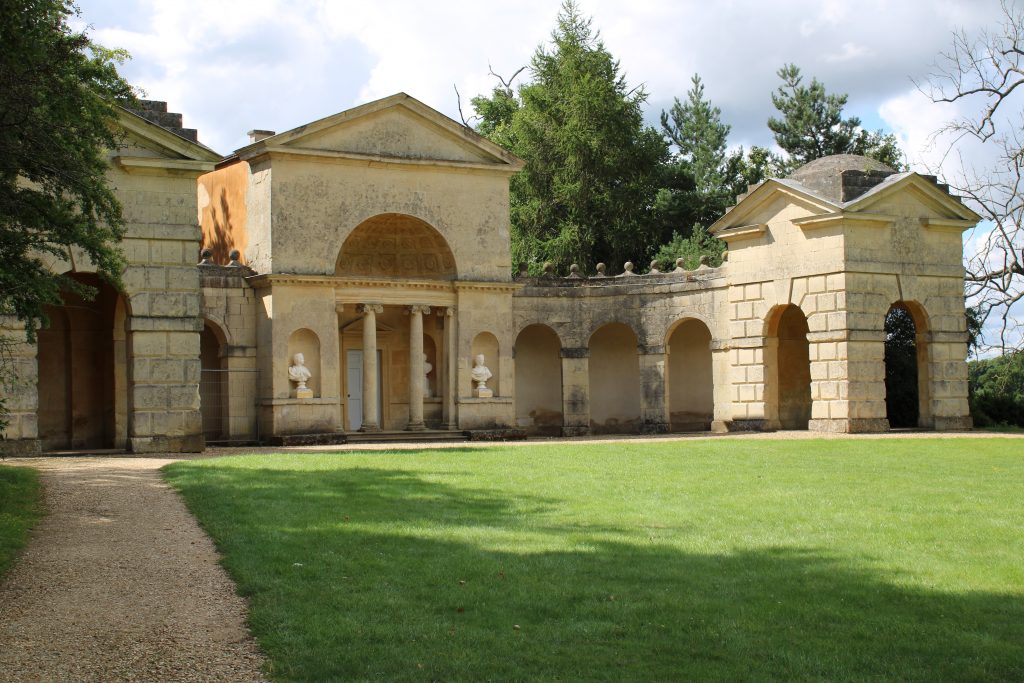

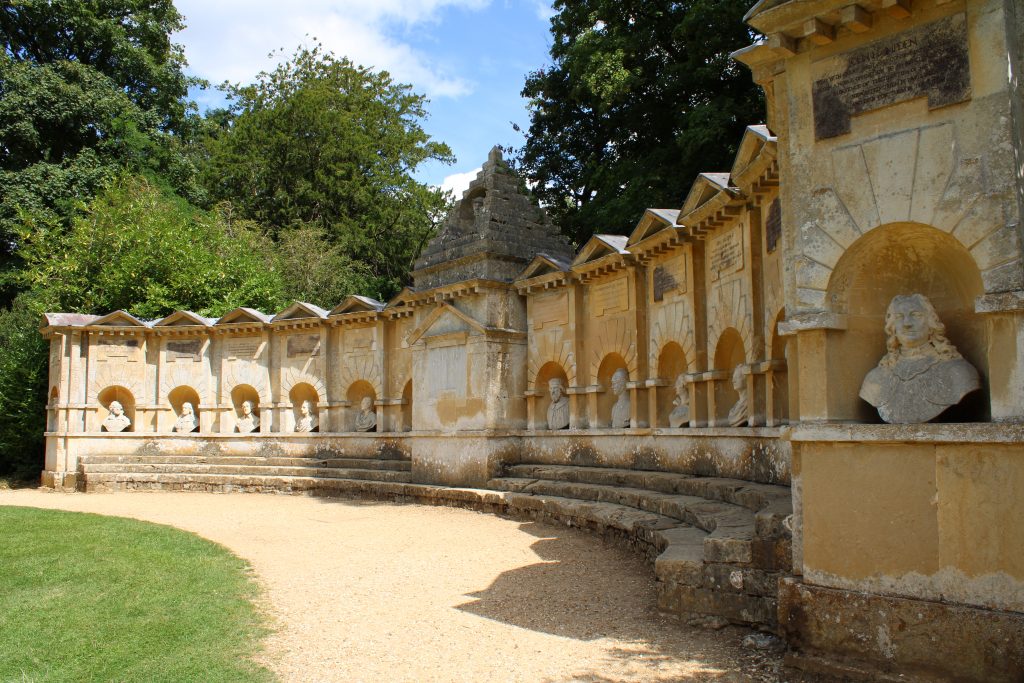
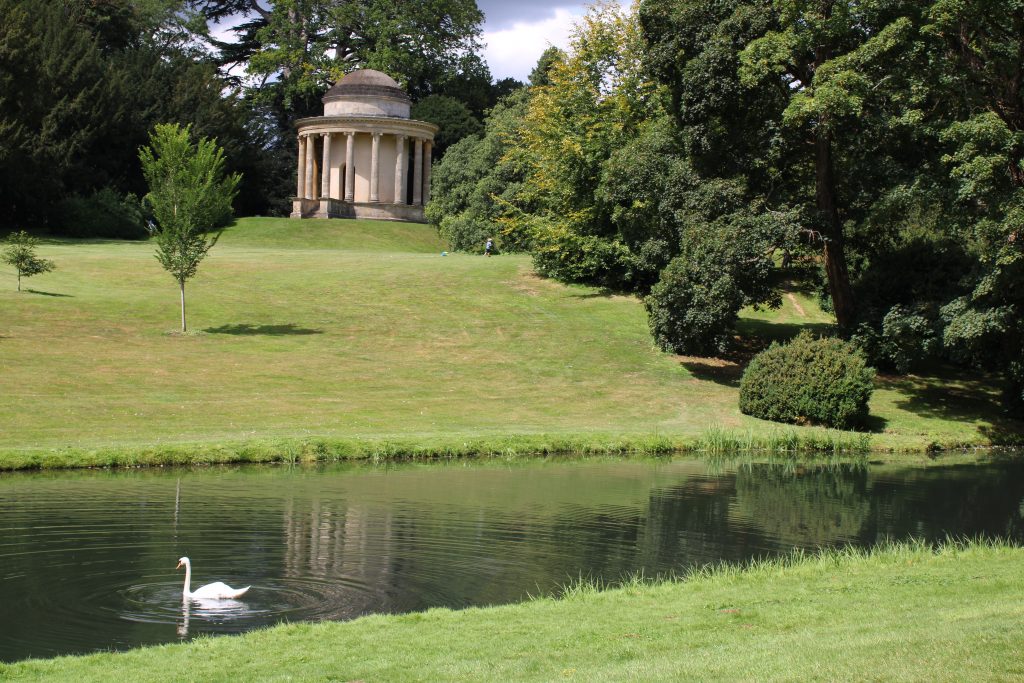
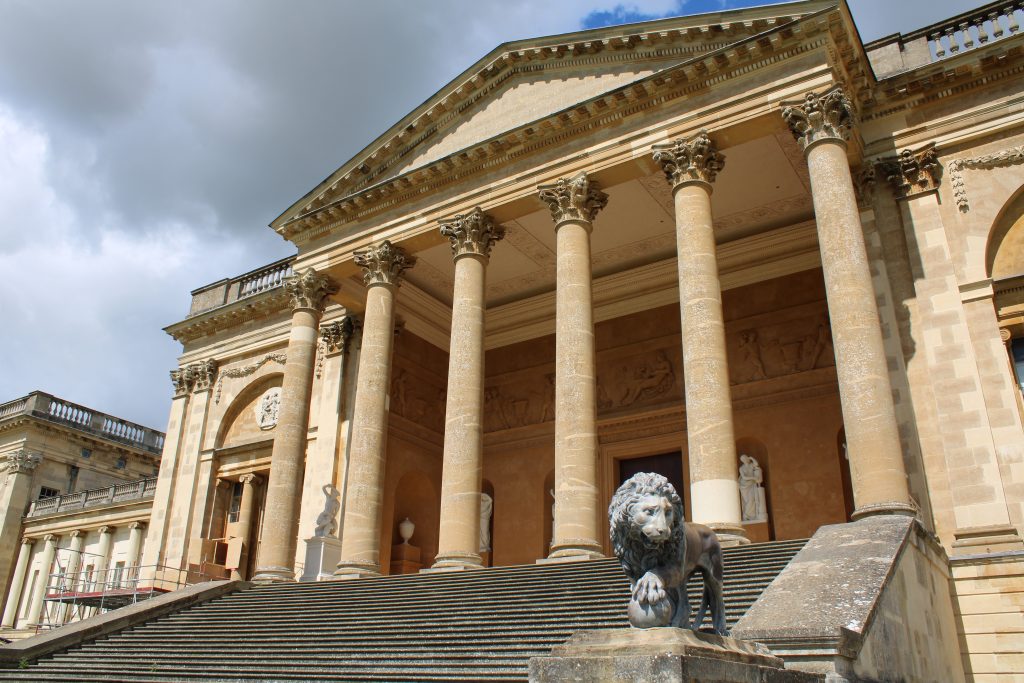
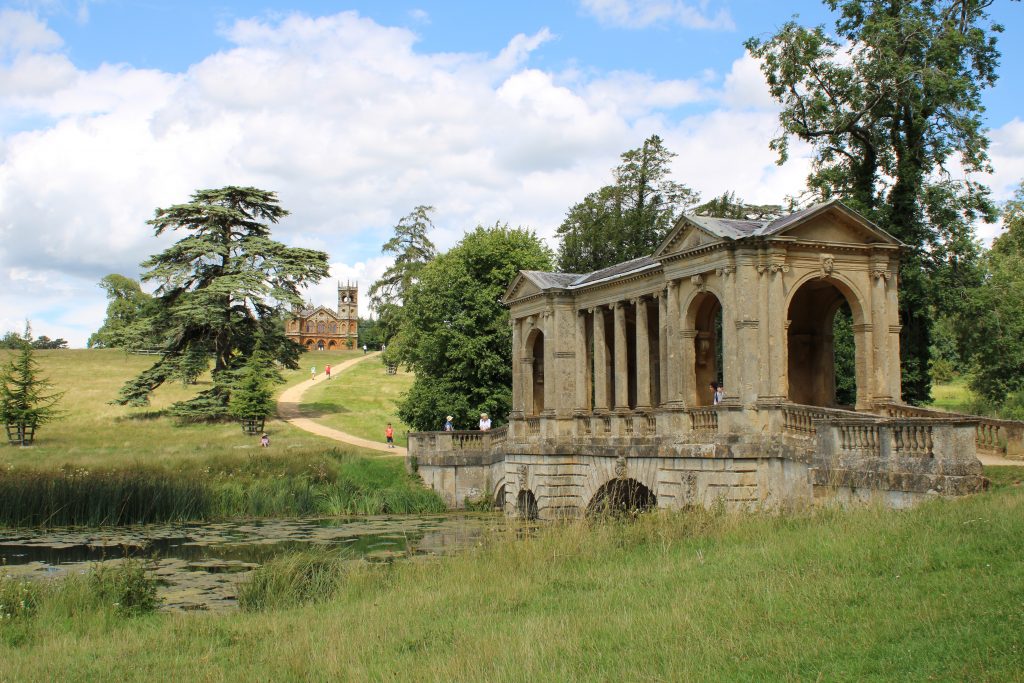
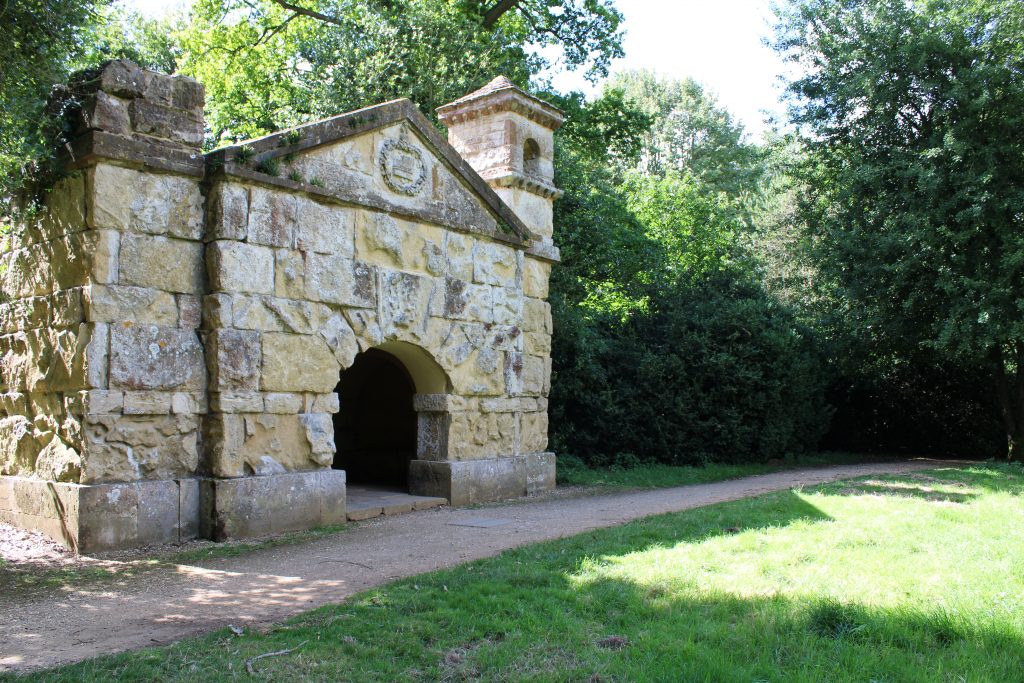
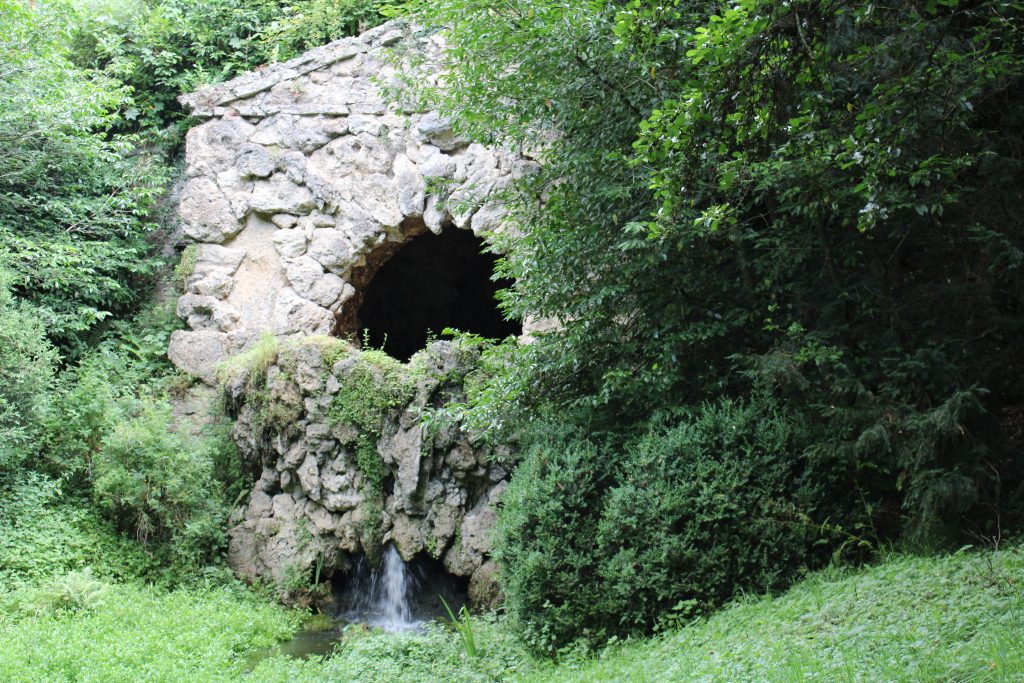

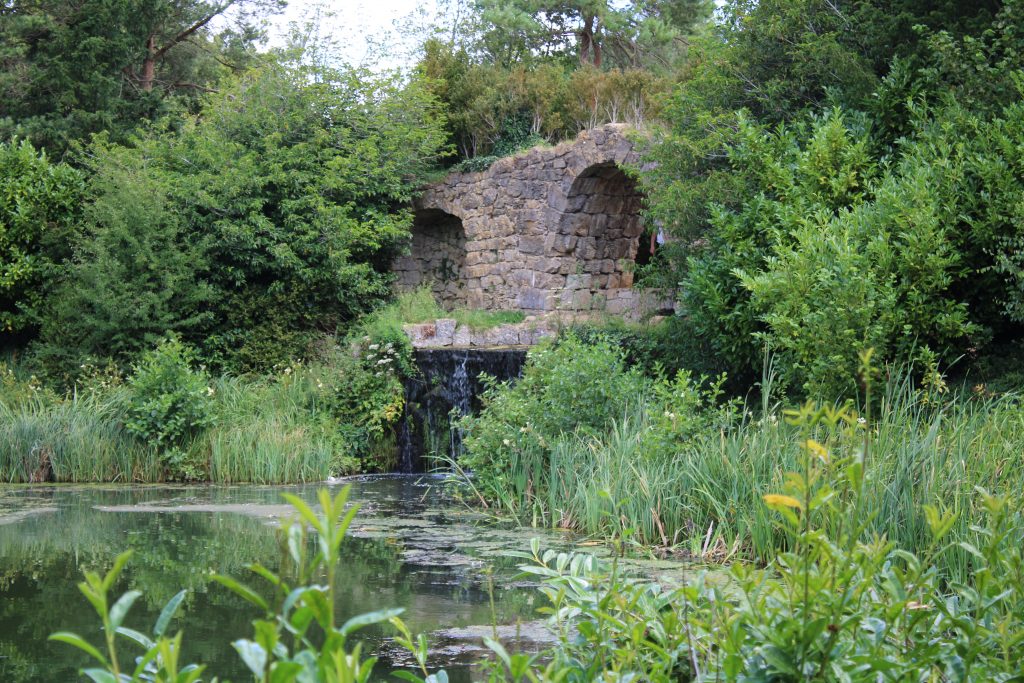
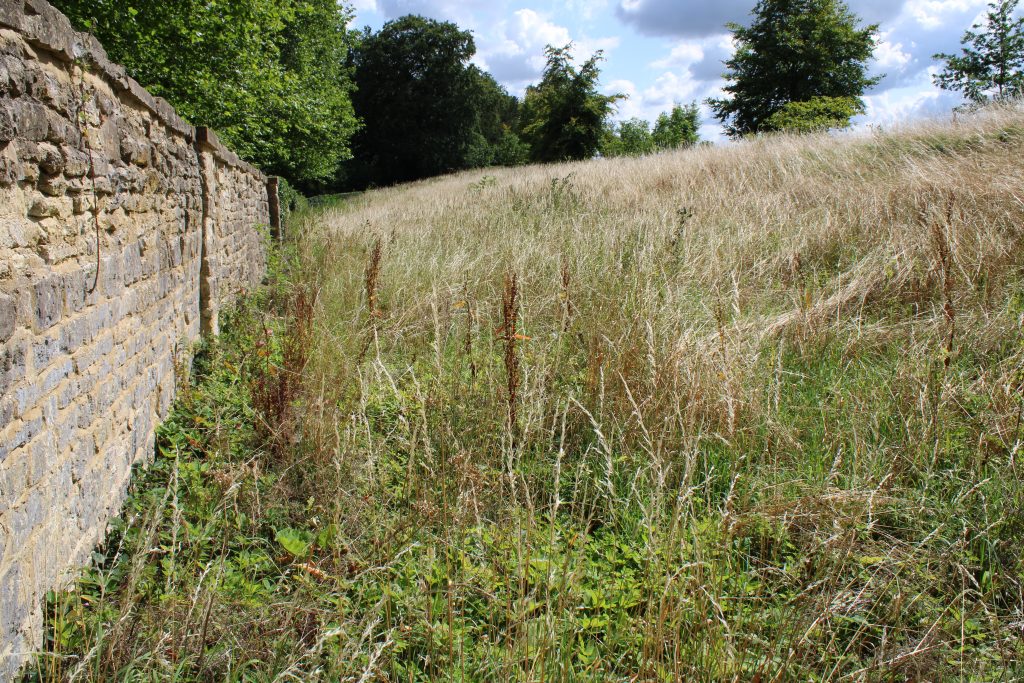
Soft landscaping
There was a narrow range of plant species featured in the English Landscape Style.
Native trees were planted in stands (small group of the same species) or as a single specimen tree within the pasture land. There were also bands of woodland in the further reaches of the garden creating the boundary.
Named species; native trees such as Quercus robur (oak), Castanea sativa (sweet chestnut), Ulmus procera (English Elm), Fagus sylvatica (Beech).
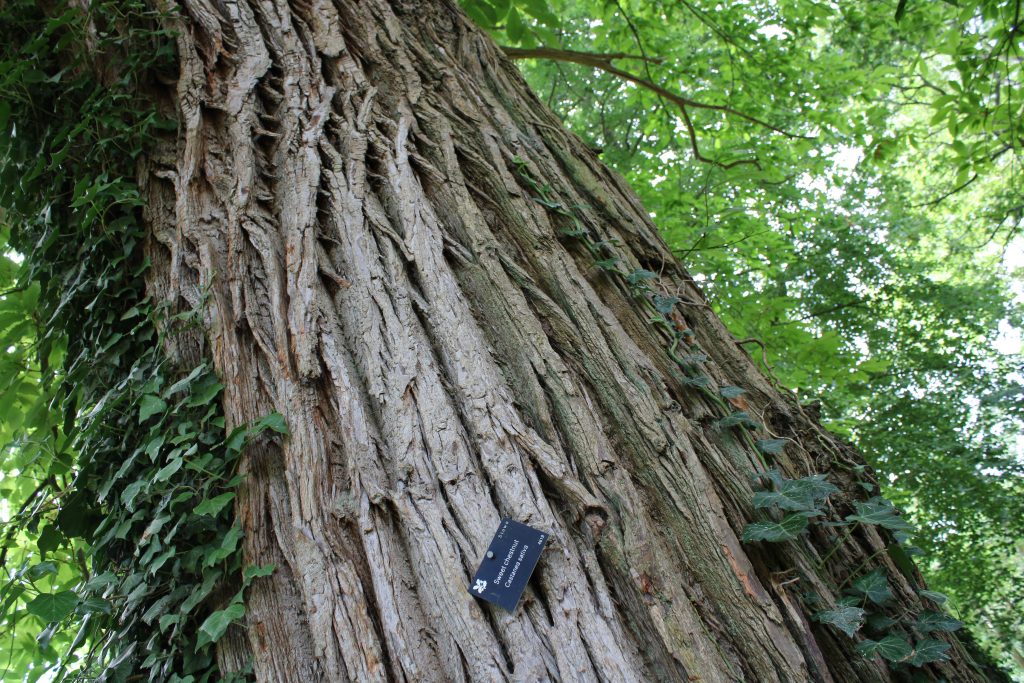
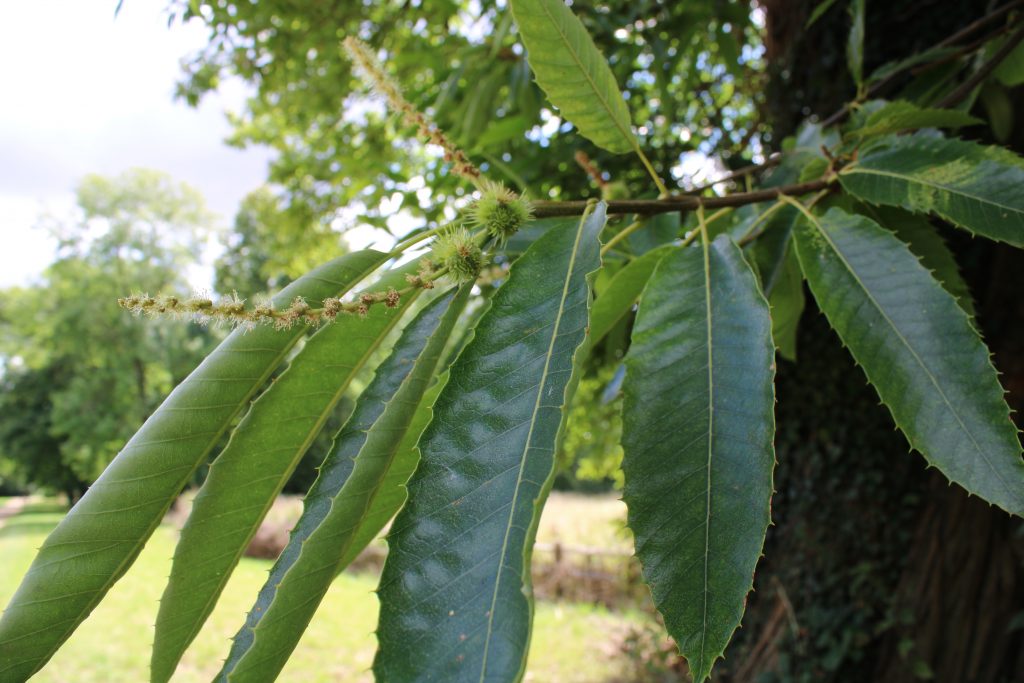
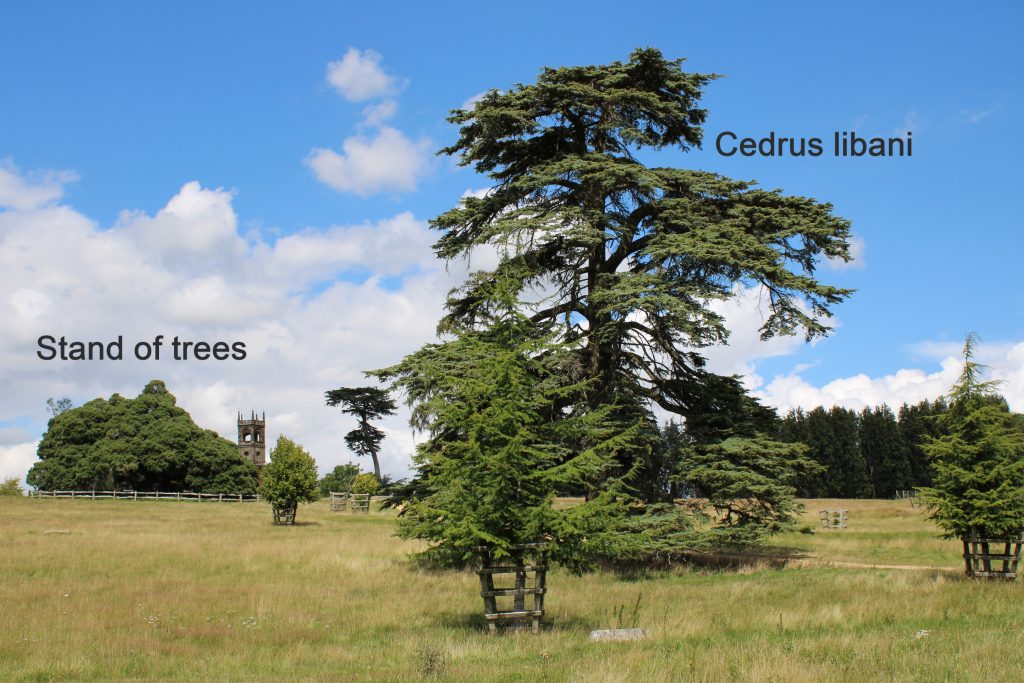
There were no colourful flowers on view from the house and the kitchen garden that supplied the house with food would be hidden away.
The lawn or pasture swept right up to the house and was undulating rather than flat or tiered. The ha-ha was a hidden boundary which kept livestock away from the house.
Principles of Design at work
Unity / Cohesion
Provided by the informal style. Repeated colour pallet – mainly green. Buildings and statues made from the same stone. Pattern is all informal – no formal shapes.
Colour
Limited colour pallet
Repetition
Shapes are sinuous and informal. Repetition of tree planting. Same materials used for buildings
Movement
Bands of trees guide the eye to focal points around the garden. Practical paths travel around the garden stopping at focal points along the way.
Focal Points
Statues, specimen trees such as Cedrus libani, buildings such as caves, grottoes, temples, hermitages, church in distance all attract the eye and provide interest.
Form
Cedrus libani trees provide strong form
Asymmetry
This design is asymmetrical. The only symmetry is seen in the design of buildings following the Palladian fashion with columns and triangular pediments. The garden is designed to be viewed from the house.
Balance
Asymmetrical balance is achieved from many different viewpoints as the focal points are carefully positioned and trees and shrubbery balance the mass on each side.
This period of design has left a long-lasting legacy on our landscape with gardens created by Brown and Repton still very much evident across the country.
Additional video resources:
- https://www.youtube.com/watch?v=prFlcglqjK4
Who was Capability Brown? - https://www.youtube.com/watch?v=b1_QcL8-4lg:
Features seen in the English landscape style - https://www.youtube.com/watch?v=2LSGdCtBVYU
Capability Brown’s garden profiles

